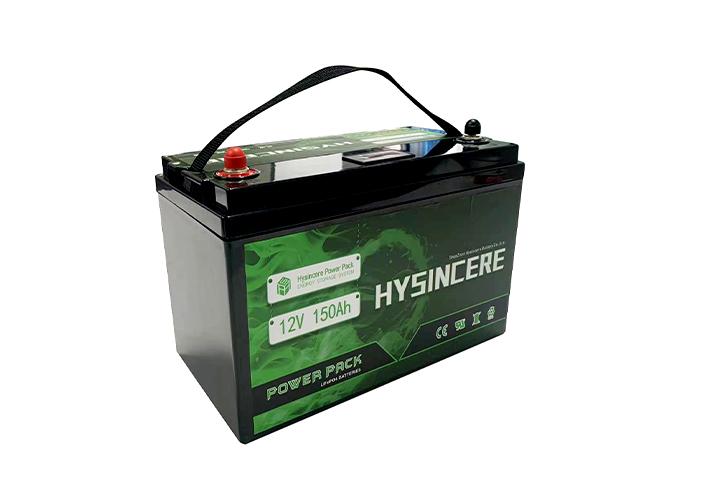
The chemical formula of the positive electrode material is: LiFe1-xV (M) xPO4, with an atomic ratio of Li/(Fe+V (M))=1-1.1, Fe/P=1, Fe/V (M)=30-99, where V (M) x is vanadium and modified element,
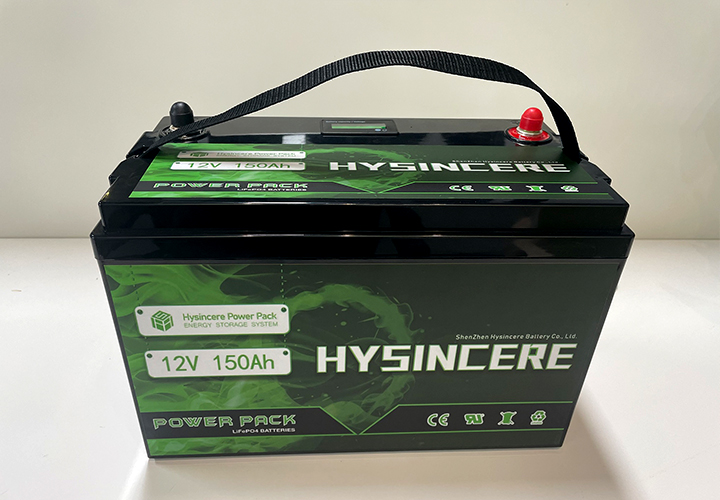
Electrochemical reaction mechanism of lithium-ion batteries Electrochemical reaction mechanism of lithium-ion batteries Electrochemical reaction mechanism of lithium-ion batteries Electrochemical
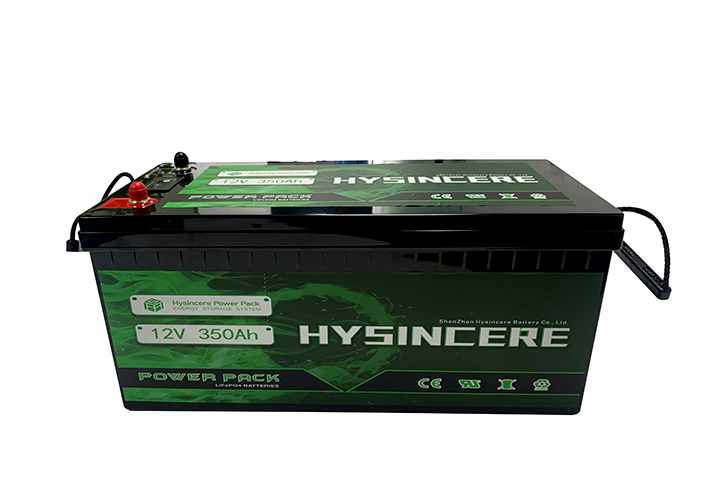
charging 1. For charging lithium-ion batteries, a dedicated lithium-ion battery charger should be used. 2. Lithium ion batteries are charged using a "constant current/constant voltage"
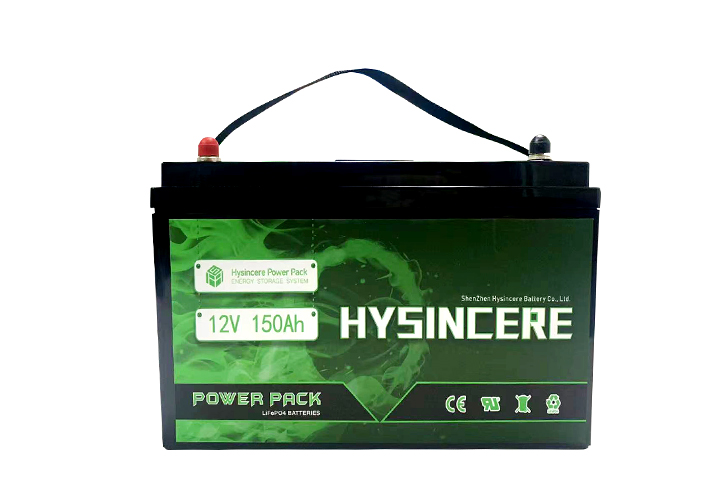
For lithium-ion batteries, the voltage usually reaches 4.2V after being fully charged. It is believed that most people have a mobile phone battery with universal charging. You can take a look, and
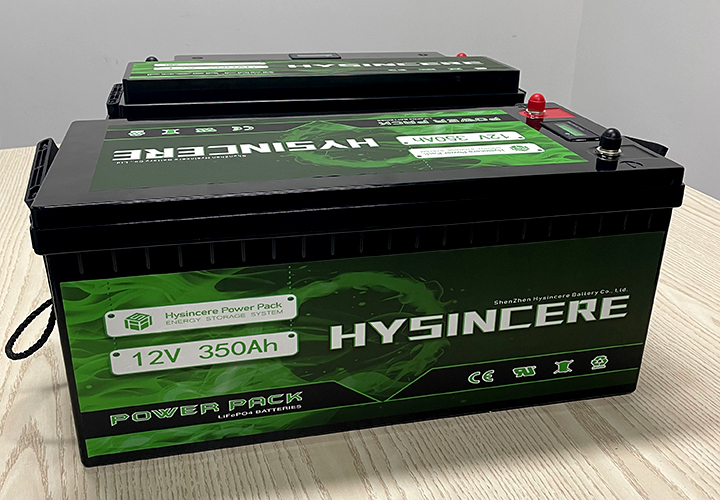
Requirements for lithium battery separators: (1) have electronic insulation to ensure mechanical isolation of positive and negative electrodes; (2) Having a certain pore size and porosity, ensurin
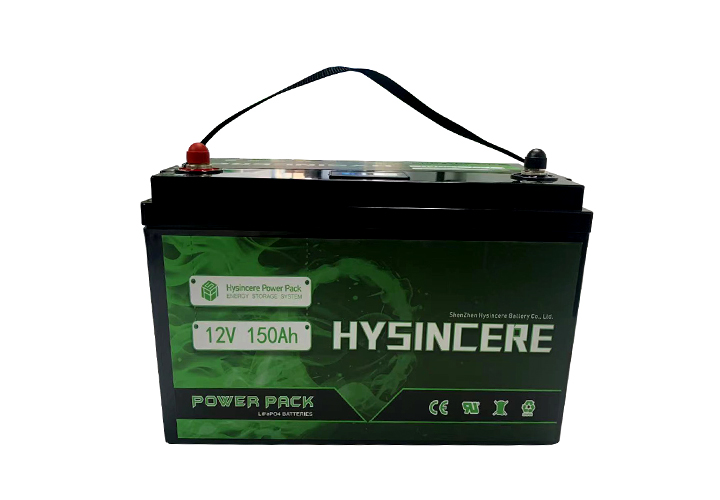
The matrix materials for lithium battery separators mainly include polypropylene, polyethylene materials, and additives. The matrix material used in the diaphragm is directly related to the mechan

During the 11th Five Year Plan period, the central government will invest 60 million yuan in the development of lithium batteries, and require companies undertaking the project to invest supportin

Zinc manganese battery, also known as Leclanche battery, is a battery invented by French scientist Leclanche in 1868, which uses zinc (Zn) as the negative electrode, Manganese dioxide (MnO2) as th

In 1859, Plante in France discovered that it consists of five basic parts: positive electrode plate, negative electrode plate, electrolyte, separator, and container (battery compartment). The batt

Generally, stainless steel is used to make a small circular box, which is composed of a positive electrode shell and a negative electrode shell, resembling a button (commonly known as a button bat